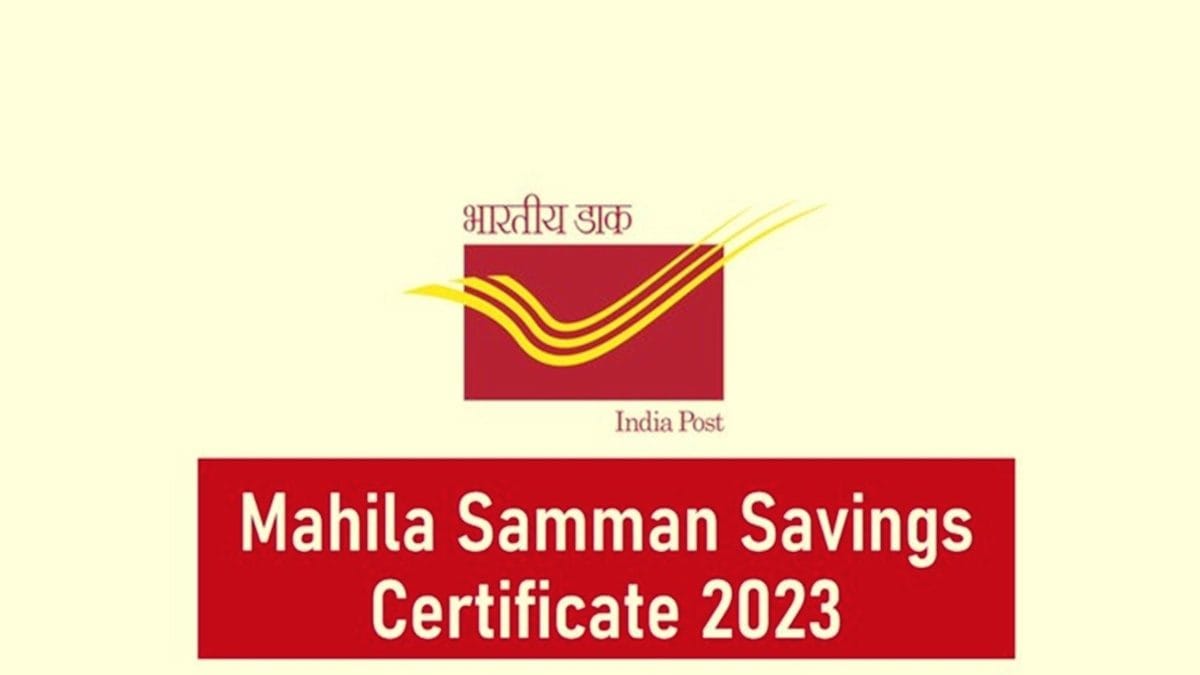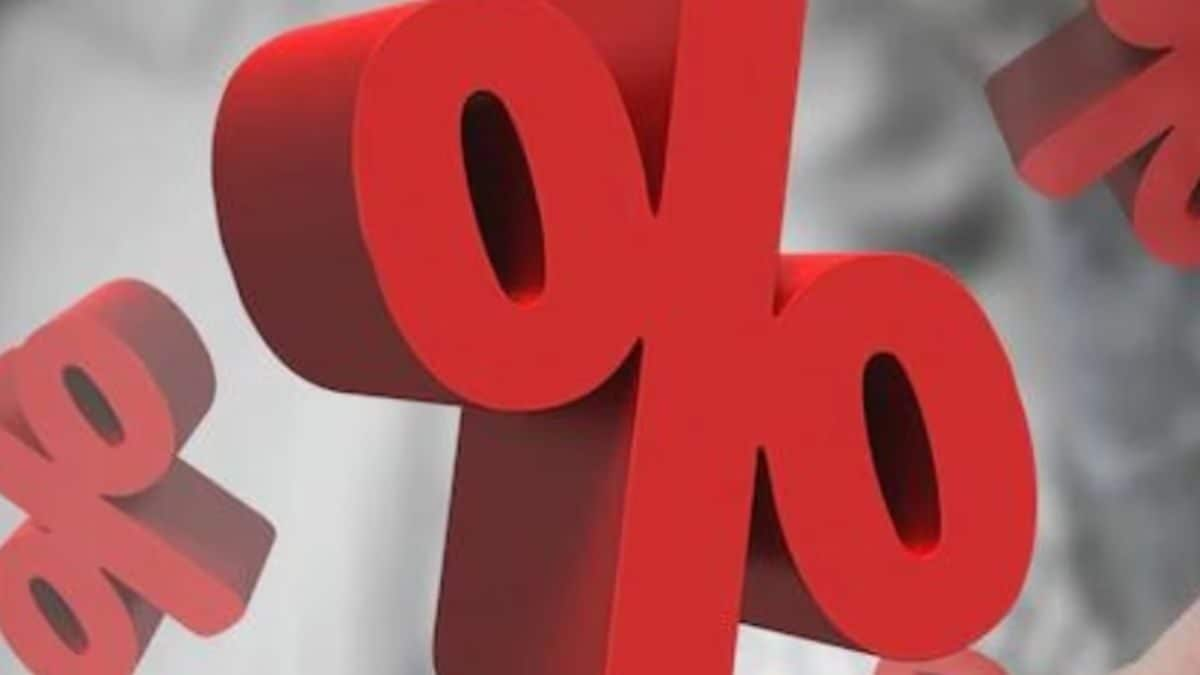[ad_1]

Moody’s said that credit conditions in India have gradually improved, with a significant reduction in the banks’ stock of legacy problem loans over the past three years. (Representative image)
ICRA expects the banking sector’s performance to remain strong with healthy profitability.
Moody’s Investors Service said that the credit quality of India’s banks and non-bank financial institutions (NBFI) will remain resilient despite a challenging environment for banks globally. The country’s strong domestic demand, improving credit conditions for bank borrowers, and strengthened solvency and funding of rated Indian financial institutions will support their credit quality at current levels.
Also, Moody’s Indian affiliate ICRA expects the banking sector’s performance to remain strong with healthy profitability primarily driven by strong loan growth and a favorable credit environment.
Also Read: Deposits with Scheduled Commercial Banks Grew Marginally by 10.2% in FY23: RBI Data
Moody’s said that credit conditions in India have gradually improved, with a significant reduction in the banks’ stock of legacy problem loans over the past three years. Corporates’ financial health has also enhanced following a decade of deleveraging. And stress among non-bank financial institutions has abated.
“Banks globally are facing liquidity pressures amid tighter monetary policy, outflows of excess liquidity built up during the coronavirus pandemic into more profitable investments and increased risk aversion among investors because of stress in the US banking sector. Indian banks, however, have strong domestic funding franchises and ample liquidity to support growth in their loans in line with India’s strong economic conditions,” said Alka Anbarasu, a Moody’s associate managing director.
Capitalisation at Moody’s rated banks has improved following capital raisings from the equity market as well as capital infusions from the government in the case of public sector banks.
Moody’s expects the average return on tangible assets for rated banks to hold steady at 1.0%-1.2% over the next two years, which will support asset growth of around 15% while keeping capital at current levels.
ICRA said while the year-on-year (YoY) loan growth is likely to moderate to 11.0%-11.7% in the fiscal year ending 31 March 2024 (fiscal 2024) from 15.5% in fiscal 2023 with higher interest rates, the incremental credit growth is expected to be Rs 15.0-16.0 trillion, which is poised to become the banking sector’s second-highest increase on record.
“With deleverage balance sheets, corporate asset quality remains strong, which, coupled with the stable performance of the retail asset quality, will help to reduce fresh slippages in asset quality at Indian banks,” said Karthik Srinivasan, SVP and group head, ICRA.
ICRA expects the trend of improving asset quality to continue with headline gross non-performing advances (NPAs) and net NPAs declining to its best level in over a decade, at 2.63% and 0.83% respectively, by 31 March 2024, from 3.96% and 0.97% respectively as of March 31, 2023. At the same time, the gross fresh NPA generation rate of 2.0% in fiscal 2023 is at the lowest level since fiscal 2012.
Banks’ robust loan growth would help keep core operating profits at a steady level. Further, the moderation in credit costs would translate to a steady return on assets (RoA) and return on equity (RoE) for banks at 1.1% and 13.1%, respectively, for fiscal 2024, compared with 1.1% and 13.8%, respectively, for fiscal 2023.
The performance of private banks continued to remain strong with the RoA and the RoE at 1.6% and 14.0%, respectively, during fiscal 2023. Performance of public banks was also noteworthy, reporting their best RoE since fiscal 2013 at 13.4% during fiscal 2023 and inching closer to that of the private banks.
[ad_2]
Source link





